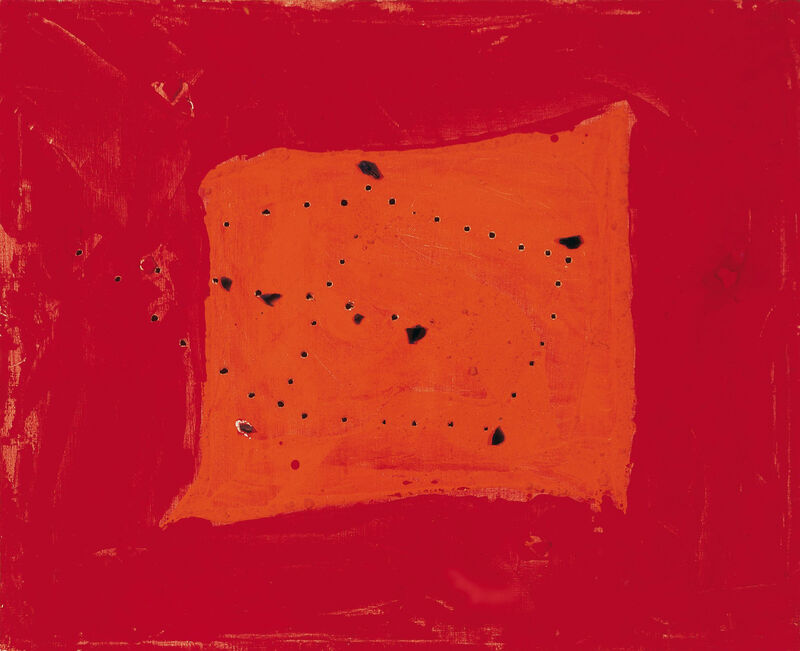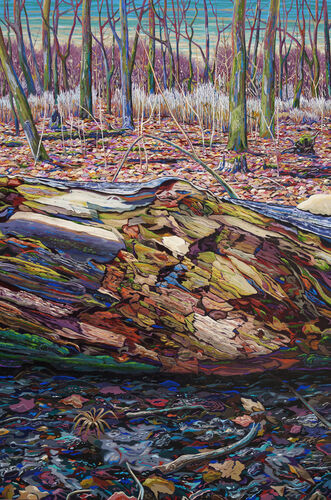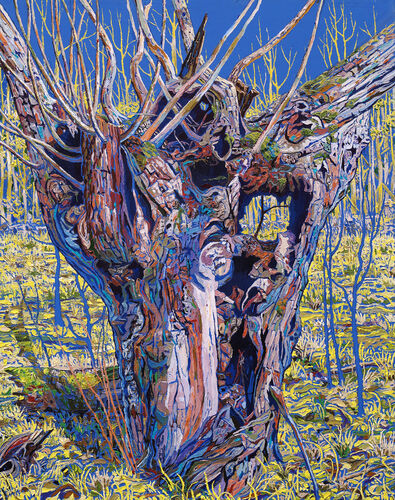
The artist of space and time
For the first time in almost 30 years, Lucio Fontana's work is being honored again in Germany with an extensive museum exhibition. Lucio Fontana: Expectation opens on October 5 at the Von der Heydt-Museum in Wuppertal.

Expectation, ital. Attesa, is the title of a series of cut paintings that are his trademark today: The Argentinian-born Italian artist Lucio Fontana (1899-1968) was a visionary avant-gardist who explored the relationship between light, space and material and paved new paths for art: his Ambiente spaziale (spatial installations) from the late 1940s, for example, are considered the first environments in modern art. His immensely complex oeuvre, which goes far beyond the famous cut pictures, is represented by the Von der Heydt Museum in Wuppertal with around 100 works, including figurative and conceptual works, ceramics and spatial installations. Lucio Fontana: Expectation can be seen from October 5, 2024 to January 12, 2025.
As early as 1946, Fontana stated that speed would be the decisive experience of modernity. In view of the development of (electronic) media, his prediction seems to be correct. In that year, Fontana also published his Manifesto bianco (White Manifesto), in which he called for the use of new materials in art and advocated the synthesis of all artistic genres, including music and poetry. The artist, who won the Grand Prize for Painting at the Venice Biennale in 1966, was a major influence on the Nouveau Réalisme and Arte Povera movements as well as the famous ZERO group of artists.

Recent auction results of Lucio Fontana
Dive deeper into the art world
Like a love poem: Robert Frank's experimental photo book
Robert Frank was an influential photographer of the 20th century. In Robert Frank: Mary's Book, the Museum of Fine Arts Boston presents a very personal photo book from the artist's younger years. The show opens on December 21.
Patio, Teatro piccolo, Vis à vis
The lively, dynamic and concentrated formal language of sculptor Mathias Kadolph has so far manifested itself primarily through his material, wood. Now, for the first time, he has had miniatures cast in bronze in an edition of twelve sculptures each. These convey essential impressions of his formal ideas and open up to new impulses for our perception.
























